Myocardial Infarction (Heart Attack) is a life-threatening condition. Understanding its symptoms, causes, and treatments is crucial for timely care and survival.
What are the main causes of Myocardial Infarction (Heart Attack)
- Coronary artery disease narrows arteries and reduces blood flow, leading to Myocardial Infarction (Heart Attack).
- High blood pressure strains the heart and arteries, increasing the risk of Myocardial Infarction (Heart Attack).
- Smoking, poor diet, and inactivity damage arteries and contribute to Myocardial Infarction (Heart Attack).
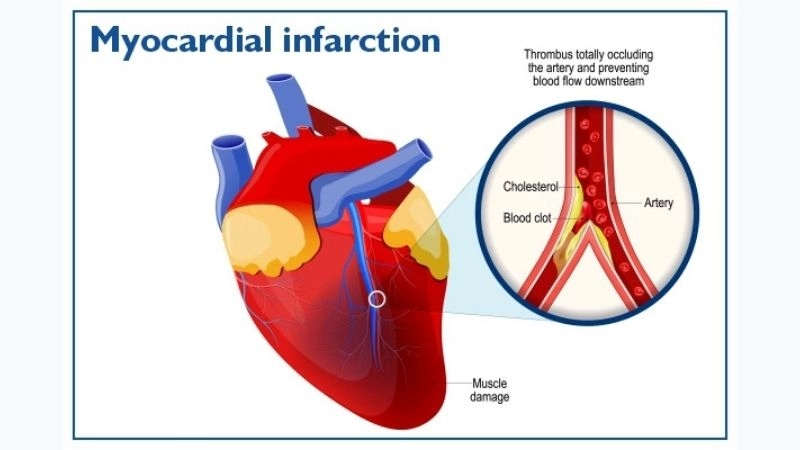
Silent killer effects of myocardial infarction
>>> See more: Atherosclerosis symptoms diagnosis and effective care
Key symptoms of Myocardial Infarction (Heart Attack) to watch for
- Chest pain or pressure often radiates to the arm, neck, jaw, or back during Myocardial Infarction (Heart Attack).
- Shortness of breath can occur with or without chest pain during Myocardial Infarction (Heart Attack).
- Fatigue, rapid heartbeat, or anxiety may signal early Myocardial Infarction (Heart Attack).
How can you prevent Myocardial Infarction (Heart Attack) effectively
- Eat a heart-healthy diet with fruits, vegetables, whole grains, and lean proteins to prevent Myocardial Infarction (Heart Attack).
- Exercise regularly, at least 150 minutes per week, to strengthen the heart and prevent Myocardial Infarction (Heart Attack).
- Manage blood pressure, cholesterol, and diabetes with check-ups, medications, and lifestyle changes to prevent Myocardial Infarction (Heart Attack).

Emergency cases of acute myocardial infarction
>>> See more: Coronary Artery Disease (CAD) overview symptoms prognosis
Images visual examples of Myocardial Infarction (Heart Attack)
Images show blocked arteries, damaged heart areas, and chest pain or shortness of breath during Myocardial Infarction (Heart Attack).
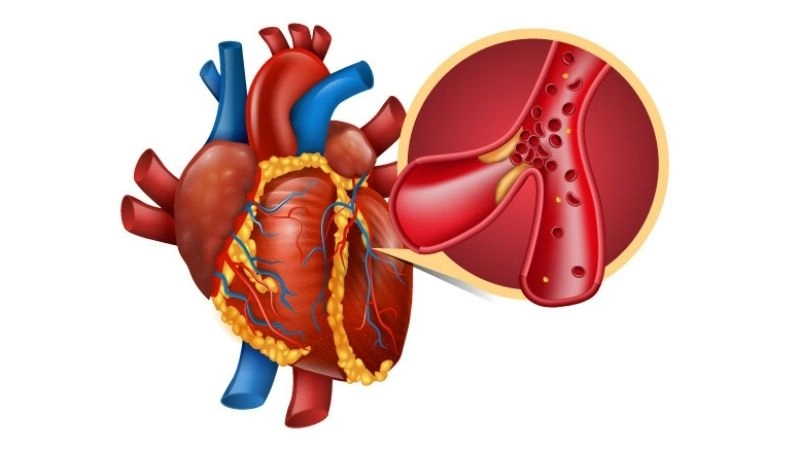

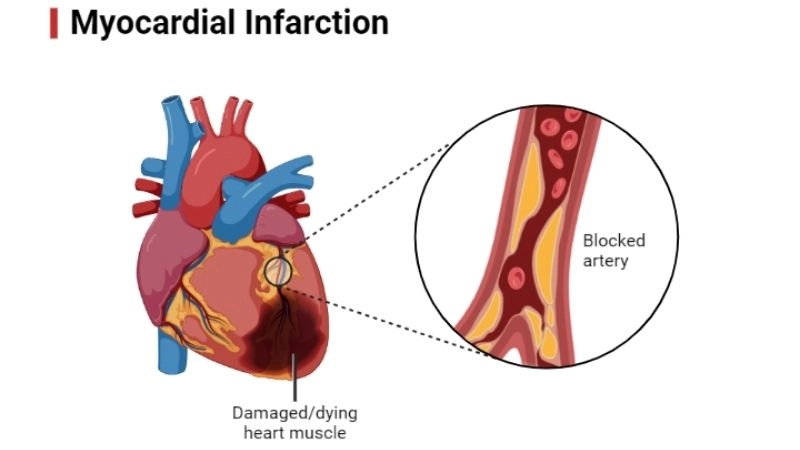
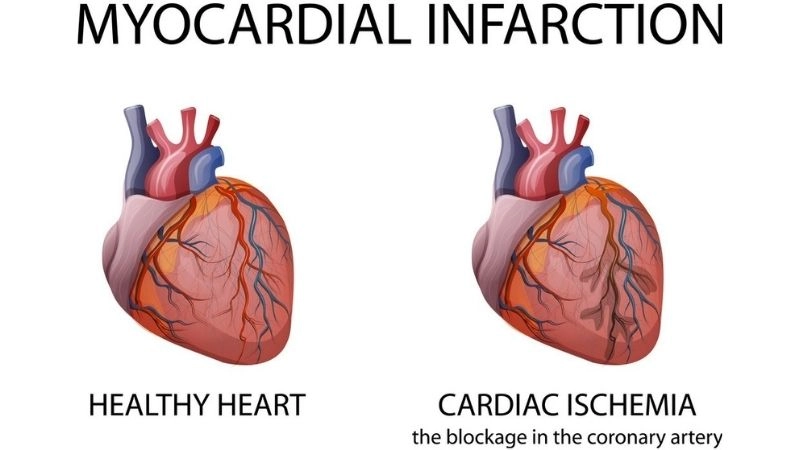
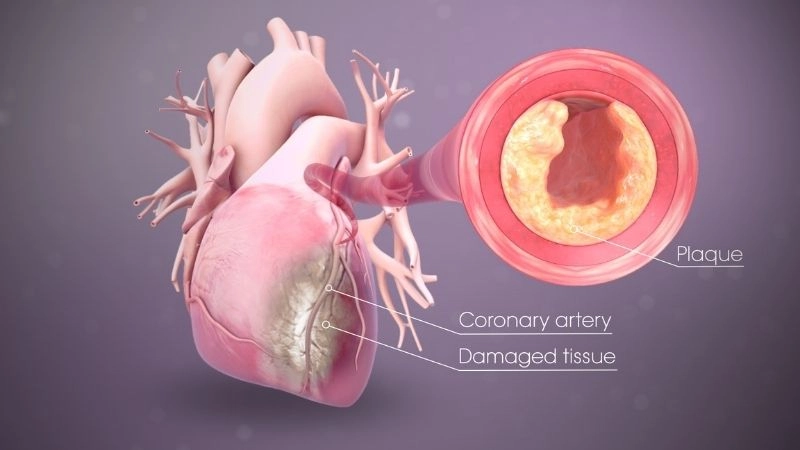
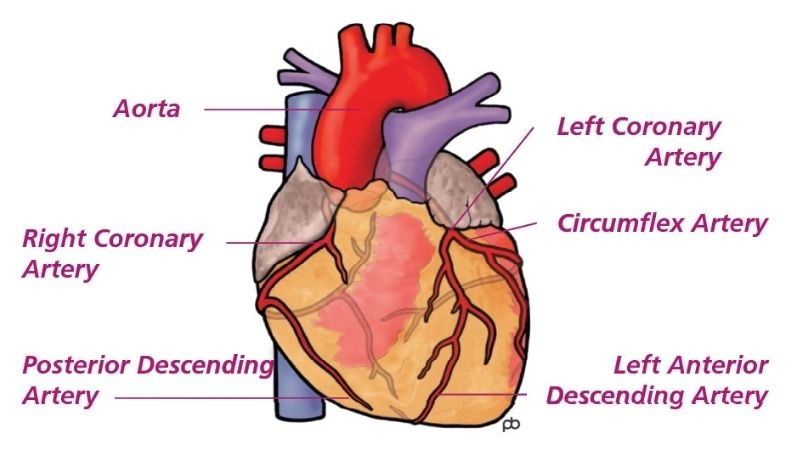
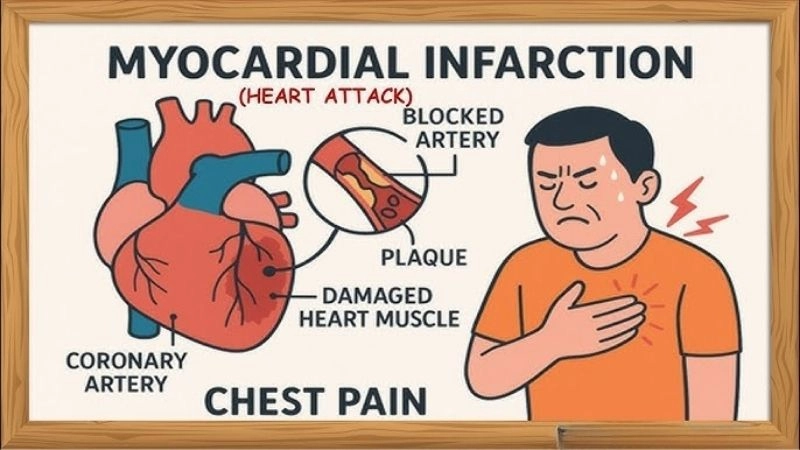
>>> See more: Angina Pectoris (Stable & Unstable) patient awareness
Myocardial Infarction (Heart Attack) requires urgent attention. Early recognition and proper treatment can reduce risks and improve long-term outcomes for patients.




